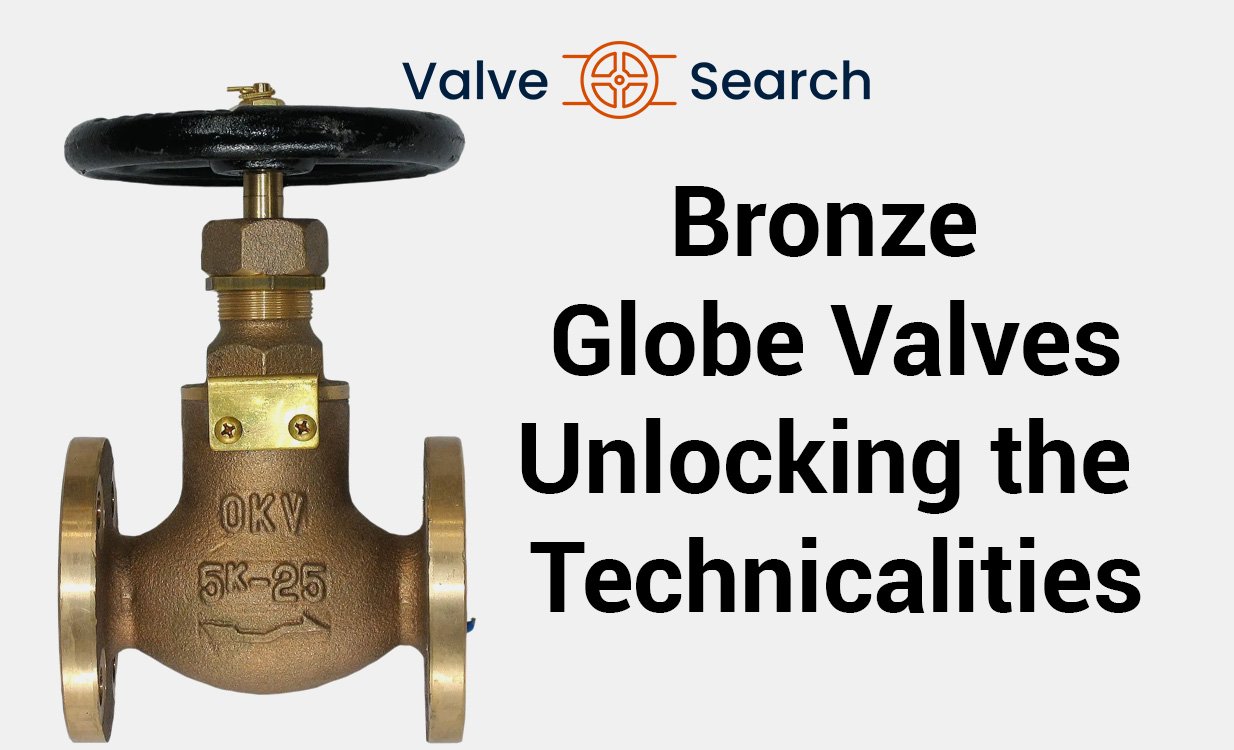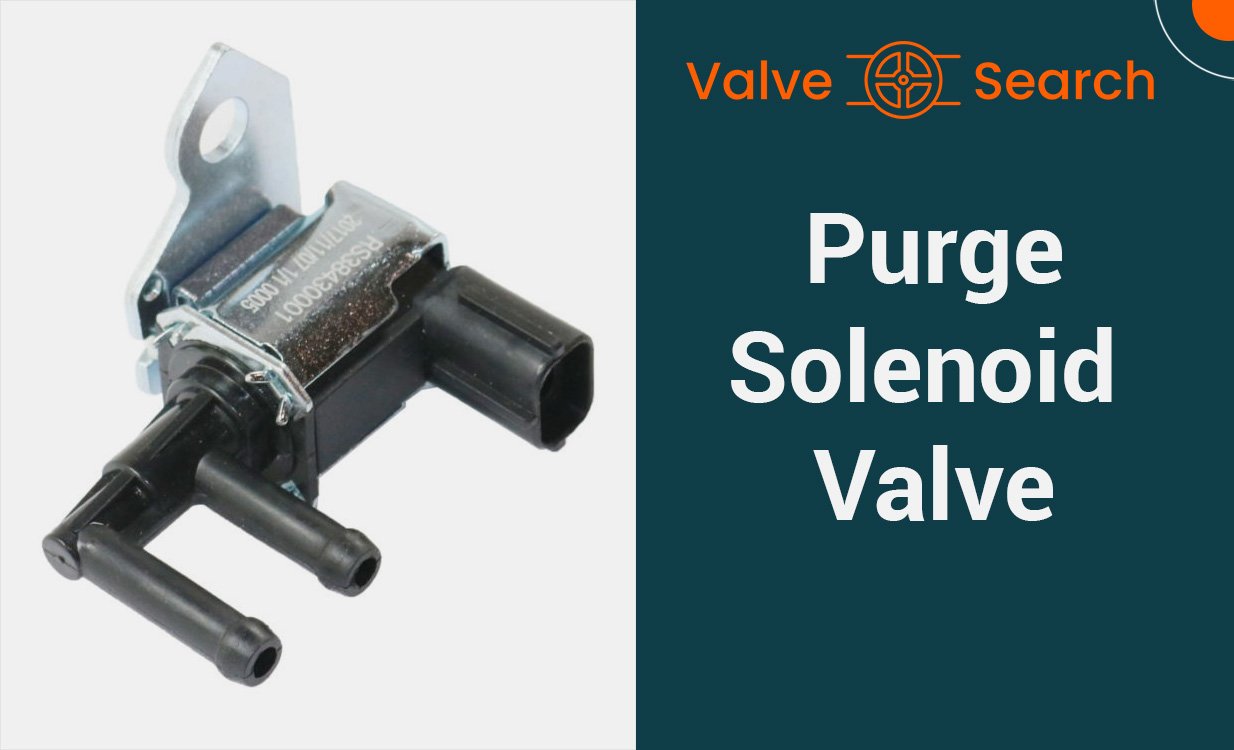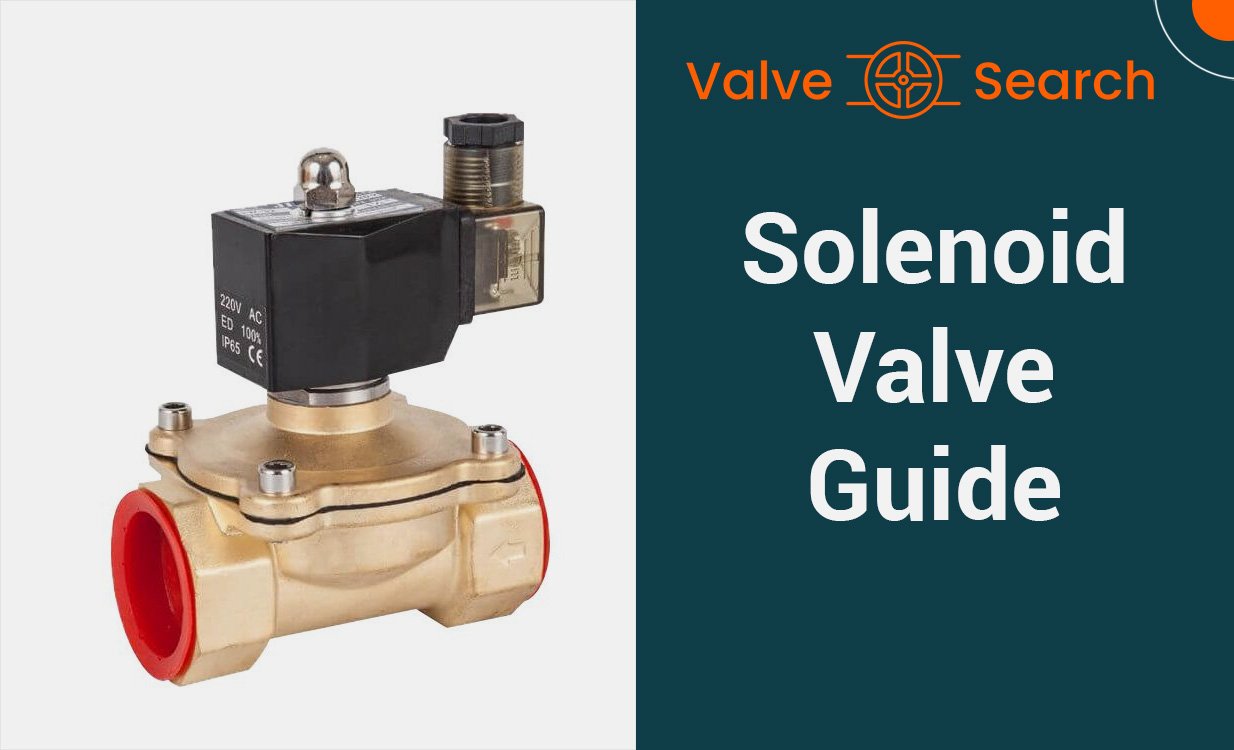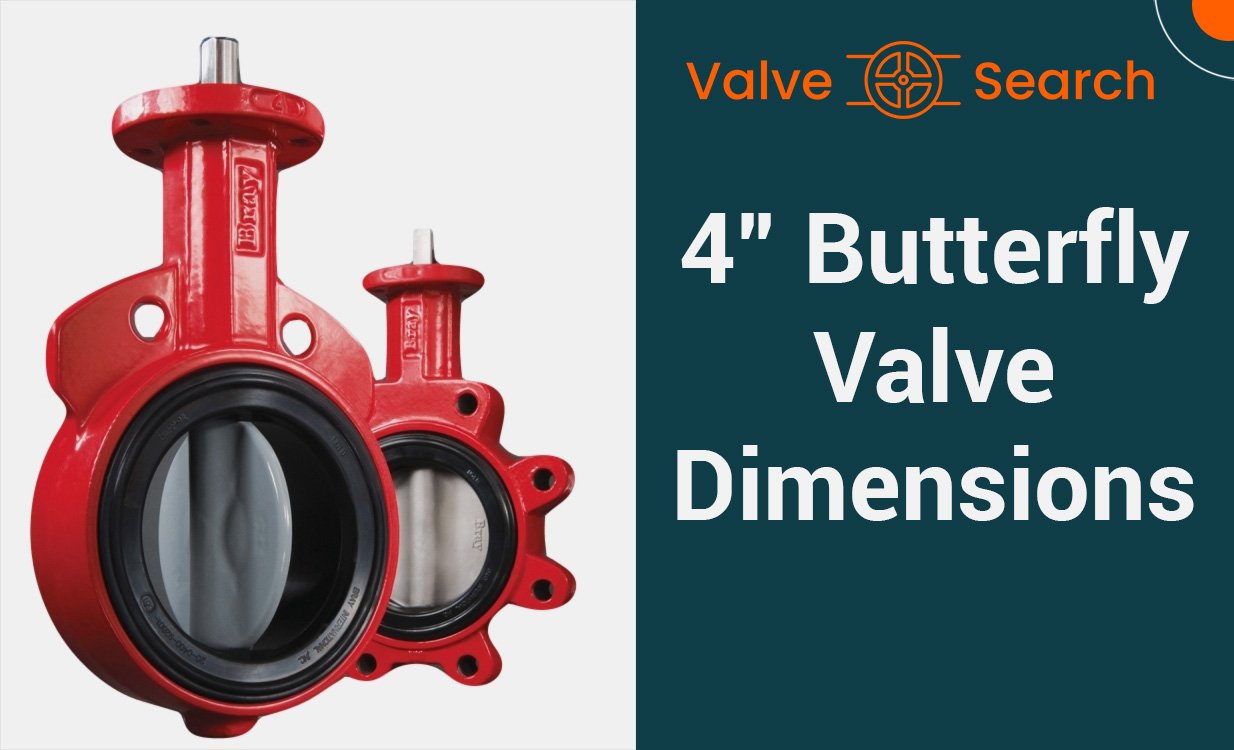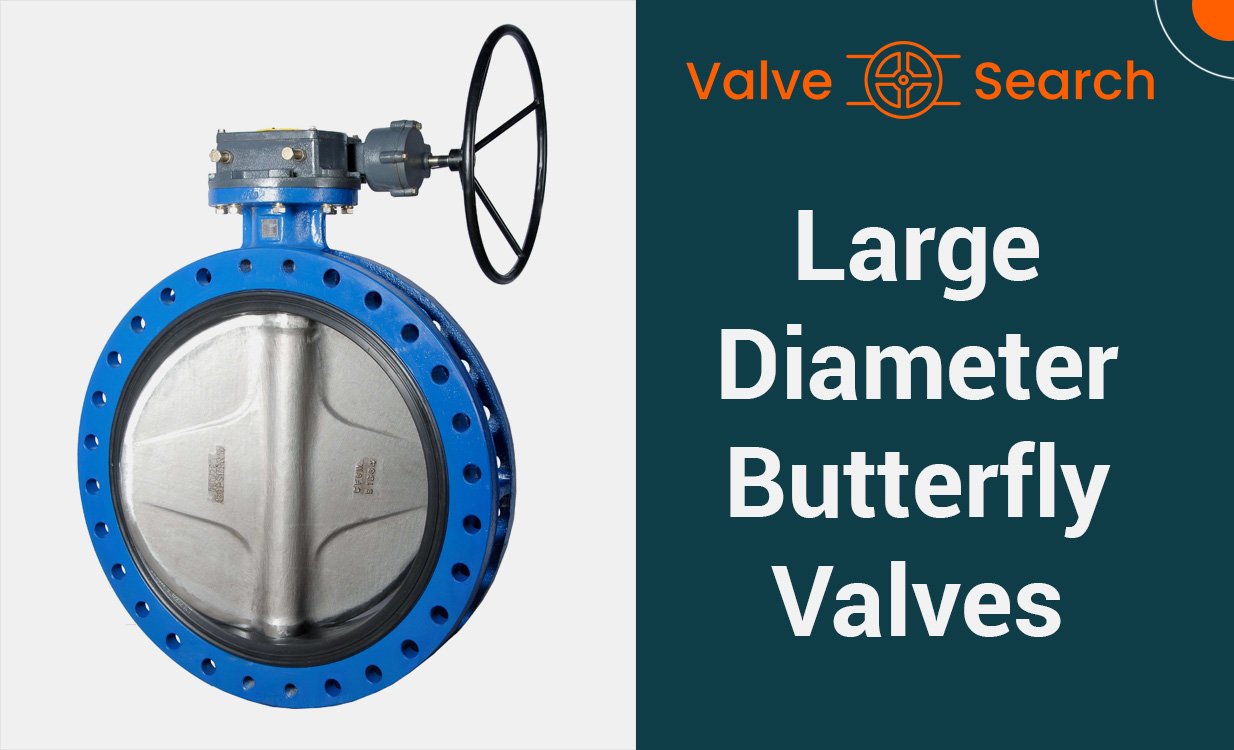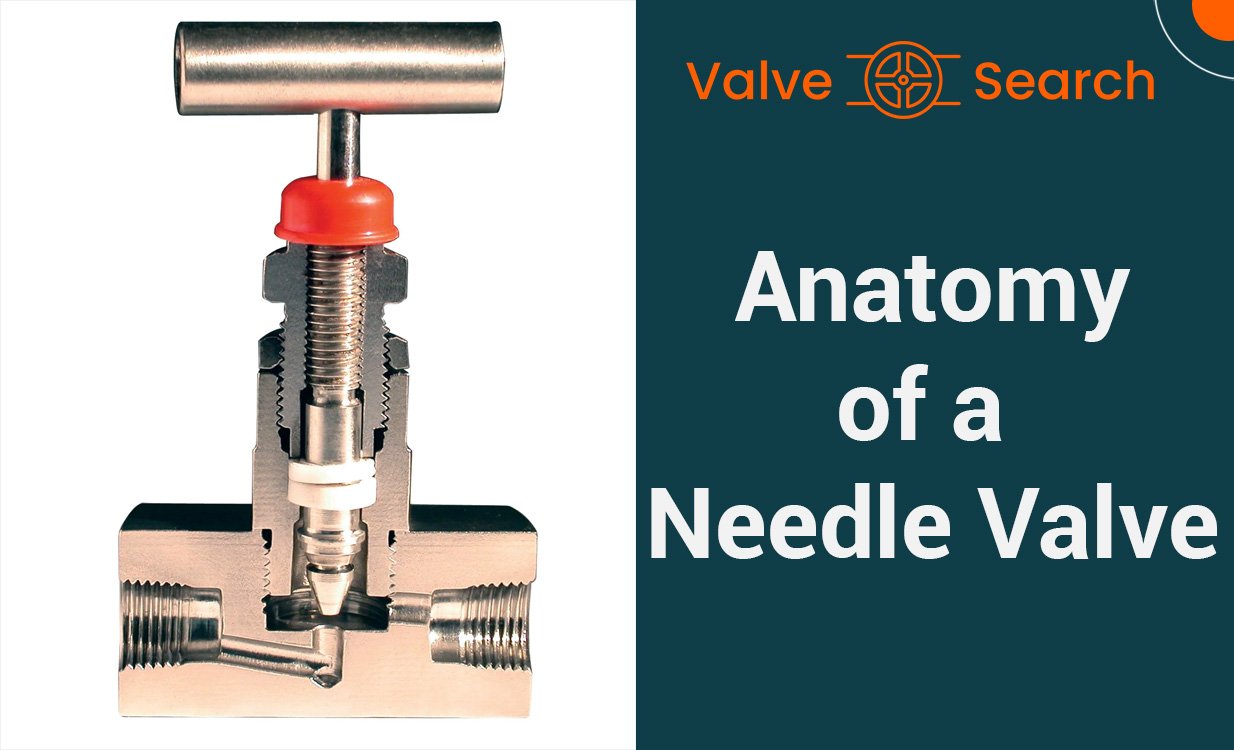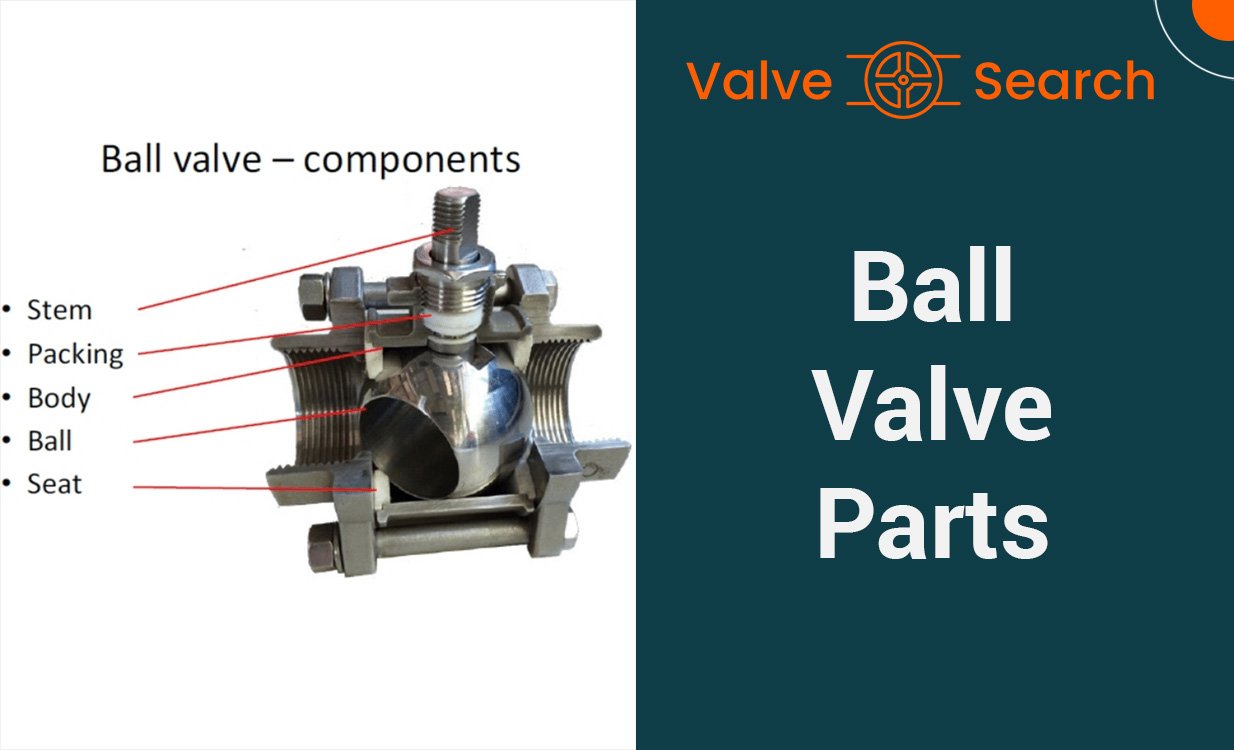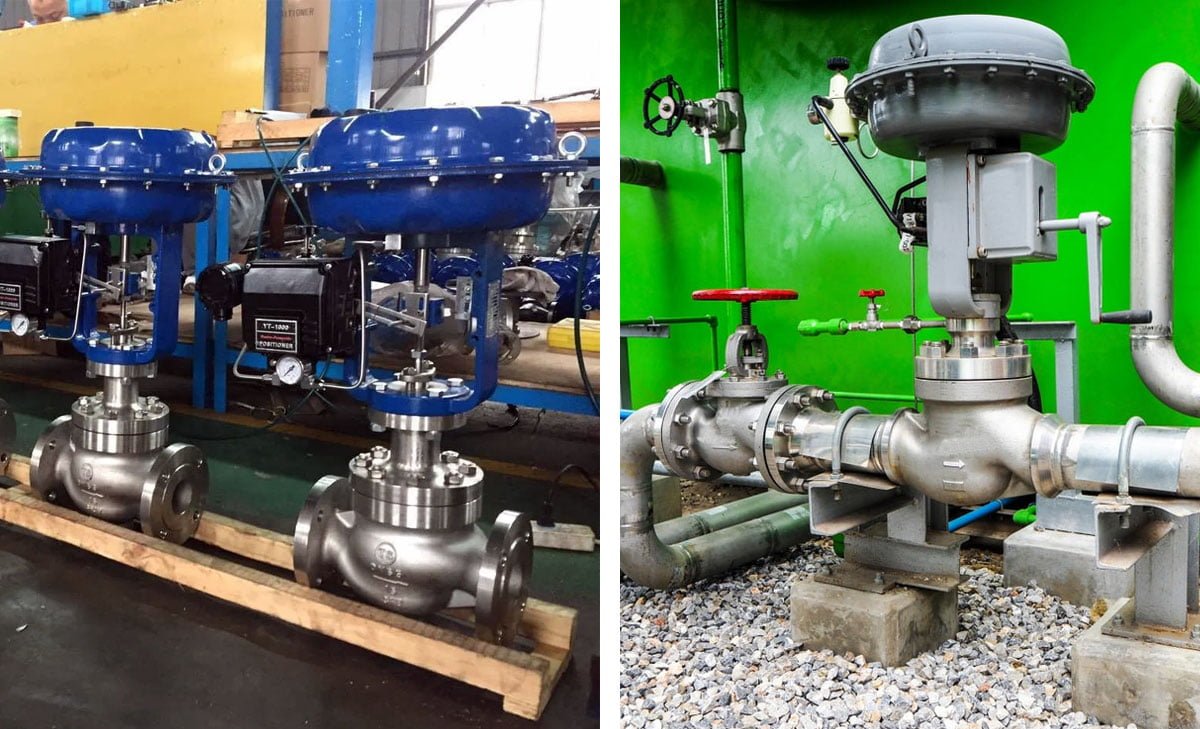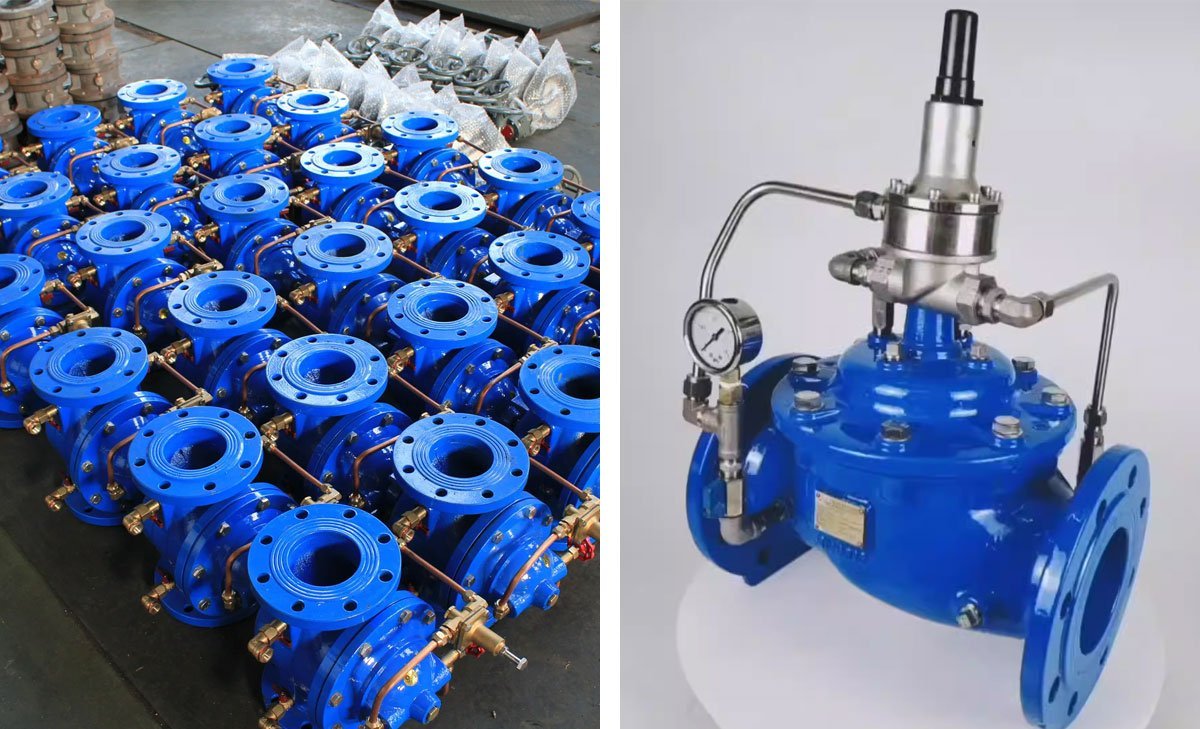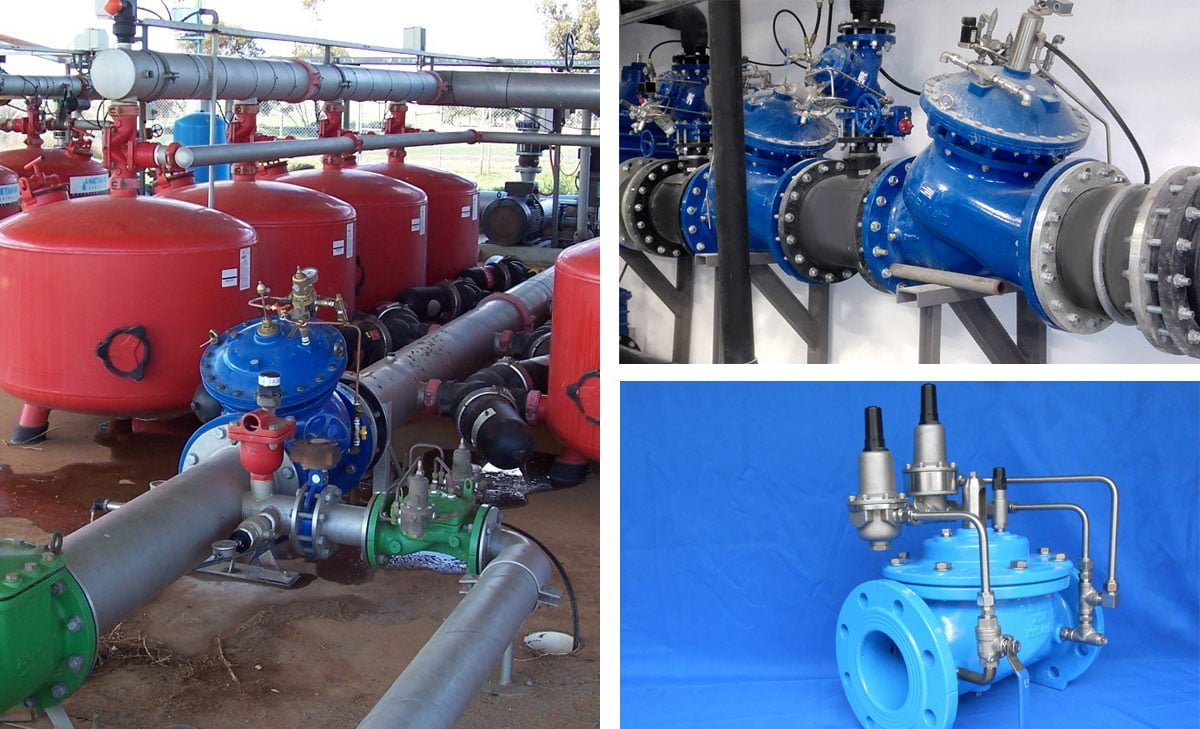Leaking Water Heater Relief Valve: How to Troubleshoot
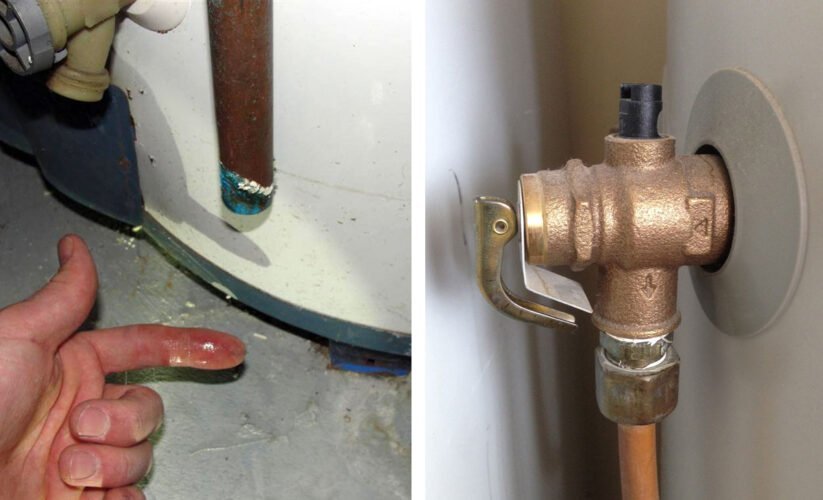
Table of Contents
ToggleTroubleshooting a Leaking Water Heater Relief Valve: A Comprehensive Guide
When your water heater’s relief valve starts leaking, it can be a cause for concern. The relief valve is a crucial safety component of your water heater, designed to prevent the tank from reaching dangerous pressure levels. If the relief valve is leaking, it could be due to excessive temperature or pressure triggering the valve to open, or it may indicate a faulty valve. Regardless of the cause, it’s essential to seek the expertise of a professional plumber to diagnose and address the issue promptly. This will ensure the safety and proper functioning of your water heater.
What is a Water Heater?
A water heater is a home appliance that heats and stores water for domestic use. It typically consists of a tank, a heating element, and a thermostat. The heating element warms the water to a preset temperature, which is then stored in the tank until needed. When a faucet is turned on, the hot water is released from the tank and replaced with cold water, which is then heated again. This process ensures a constant supply of hot water for various household activities such as showering, dishwashing, and laundry.
Understanding Your Water Heater’s Relief Valve
When it comes to your water heater, the relief valve plays a crucial role in maintaining safety and preventing hazardous malfunctions. Understanding the purpose and function of the relief valve is essential for ensuring the proper operation of your water heater.
Role of the Relief Valve in Water Heater Safety
Water heater relief valve, also known as the T&P valve (temperature and pressure relief valve), is a fundamental safety feature found on all water heaters. Its primary function is to safeguard against excessive pressure buildup within the water heater. Without this critical safety mechanism, the water heater could be susceptible to catastrophic failure, posing a significant risk of damage and potential harm to individuals in its vicinity.
Furthermore, the water heater relief valve serves to mitigate the risk of scalding hot water discharge in the event of abnormally high temperatures, preventing potential burns and injuries. By promptly releasing excess pressure and temperature, the relief valve effectively prevents the water heater from reaching dangerous levels, thereby maintaining a safe and stable operating environment.
How Water Heater Relief Valve Responds to Excess Pressure and Temperature
In response to elevated pressure or temperature, the relief valve fulfills its vital function by discharging water from the tank, thereby reducing the internal pressure and temperature to safe levels. This process serves as a critical safety measure, preventing the water heater from reaching a state of overpressurization or excessive heat buildup that could lead to catastrophic failure.
Whether due to thermal expansion within the water heater or other factors contributing to heightened pressure and temperature, the relief valve acts as a crucial safeguard, promptly alleviating these conditions to prevent potential damage and ensure the ongoing safe operation of the water heater.
By comprehending the essential role and function of the relief valve, homeowners can proactively maintain their water heaters, mitigate potential hazards, and ensure the continued safe and efficient operation of this vital household appliance.
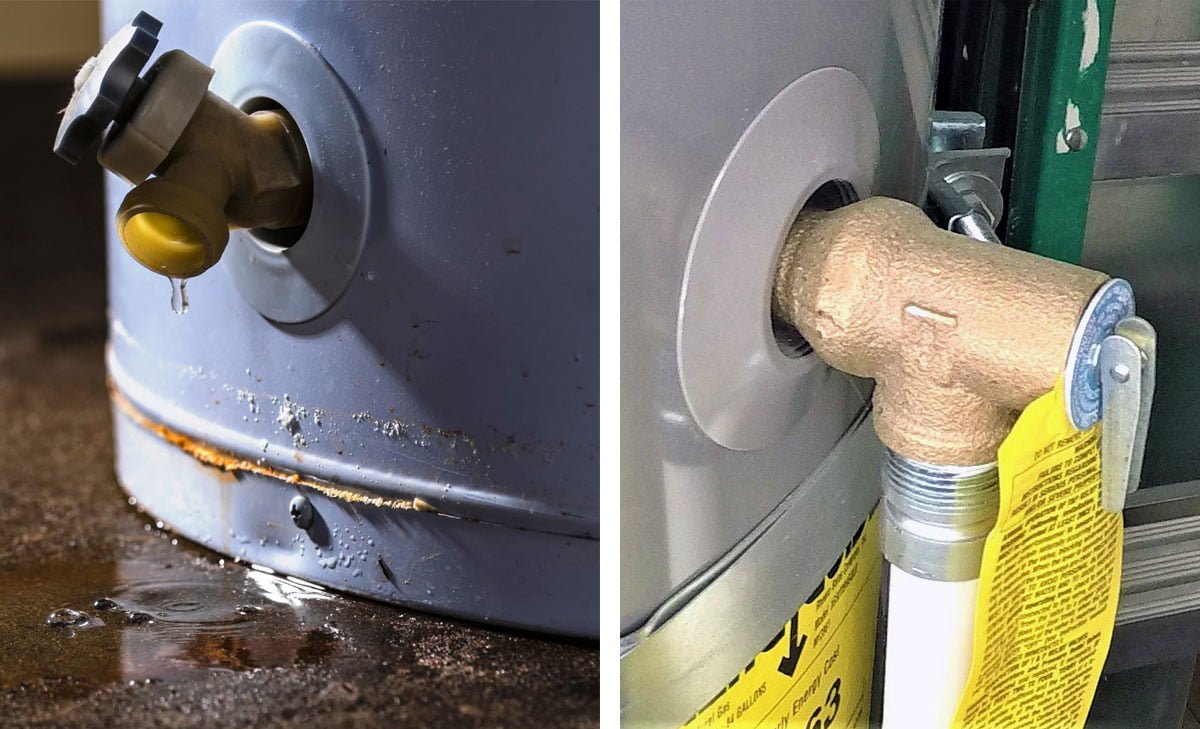
Common Causes of a Leaking Water Heater Relief Valve
When dealing with a leaking relief valve on a water heater, it’s crucial to understand the common causes of this issue. Normal operation vs. leak indicators, excessive temperature or pressure as a trigger, and identifying faults in the relief valve are key aspects to consider.
Normal Operation vs. Leak Indicators
The relief valve on a water heater plays a critical role in maintaining safety by releasing excessive pressure and temperature. It’s designed to operate discreetly and usually should not leak. If you notice any signs of leakage, it’s essential to address this promptly.
Excessive Temperature or Pressure as a Trigger
One of the most common causes of relief valve leaks is chronically high pressure inside the water heater tank. Using a pressure gauge can help determine if elevated pressure is causing the leak. Ideally, the pressure should be between 40 and 80 psi, and relief valve leaks often occur when the pressure exceeds 150 psi. Installing an expansion tank can help alleviate high water heater tank pressure.
Identifying Faults in Water Heater Relief Valve
Water heater relief valves are subject to constant pressure and high temperatures, leading to wear and tear on internal components over time. If pressure inside the tank seems normal, it may be necessary to replace the relief valve to address the leak. Fortunately, replacement relief valves are relatively inexpensive and can effectively resolve the issue.
Steps to Troubleshoot Your Leaking Water Heater Relief Valve
Before diving into the troubleshooting process for your leaking water heater relief valve, it’s crucial to prioritize safety measures to prevent any potential hazards. Always turn off the power supply to the water heater and allow the water to cool down before commencing any inspection or maintenance.
Initial Safety Measures Before Troubleshooting
- Shut off the electricity or gas supply to the water heater.
- Turn off the cold water supply to the water heater to stop the flow of water into the tank.
- Allow the water heater to cool down to a safe temperature before inspecting the relief valve.
Inspecting the Valve for Visible Damage
Begin the troubleshooting process by visually inspecting the relief valve for any visible signs of damage or corrosion. Look for water drips or leaks around the valve and check for any debris that may be obstructing the valve’s proper function.
Testing the Relief Valve Functionality
To ensure the relief valve is functioning properly, gently lift the valve’s lever to release a small amount of water. Be cautious as the water may be hot. A steady flow of water and smooth operation of the valve indicate that it is working as intended.
Checking for System Overheating or Overpressure Issues
Examine the water heater for any signs of overheating or overpressure such as excessive steam or hot water discharge. These symptoms could indicate a malfunctioning thermostat or pressure buildup within the system, leading to the water heater relief valve’s activation.
By following these systematic troubleshooting steps, you can efficiently address the issue of a leaking water heater relief valve while maintaining a safe working environment.
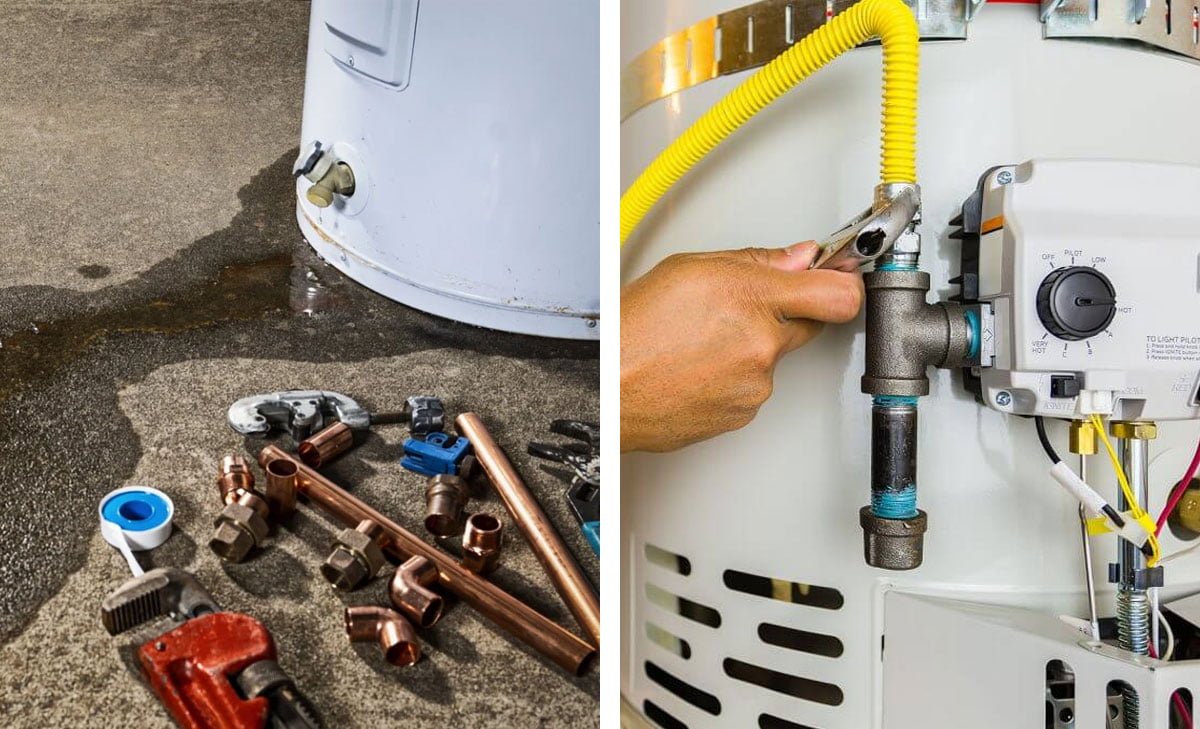
When to Seek Professional Help
Water heater issues, especially those involving the relief valve, can sometimes be complex. If you notice any of the following signs, it’s time to seek assistance from a professional plumber.
Signs That Indicate You Need a Plumber
- Constant Dripping: If you notice a constant dripping from the water heater relief valve, it could indicate excessive pressure in the tank or a faulty valve.
- Rusty Water: Rusty or discolored water coming from the hot water taps may indicate internal corrosion in the water heater.
- Decreased Hot Water: If you experience a sudden decrease in the amount of hot water available, it could signal a problem with the water heater relief valve.
Risks of DIY Repairs on Water Heater Valves
Attempting to repair a water heater relief valve without adequate knowledge and experience can pose several risks. DIY repairs may lead to:
- Further Damage: Mishandling the relief valve can result in further damage to the water heater, leading to costly repairs or replacements.
- Safety Hazards: Incorrect adjustments or repairs to the relief valve can lead to safety hazards such as scalding hot water or even an explosion.
How a Professional Can Address Your Water Heater Issues
Hiring a professional plumber to address your water heater issues offers several advantages:
- Expertise: A professional plumber has the expertise to accurately diagnose and repair water heater problems, ensuring long-term solutions.
- Safety: Professionals are trained to handle water heater issues safely, reducing the risk of accidents or injuries.
- Regulatory Compliance: A licensed plumber ensures that all repairs and installations adhere to local building codes and regulations, providing peace of mind for homeowners.
Preventive Measures to Avoid Future Leaks
Regular Maintenance Tips for Your Water Heater
Regular maintenance is crucial to ensuring the proper functioning of your water heater and preventing leaks. Schedule an annual inspection by a professional to check for any signs of wear and tear, corrosion, or sediment buildup. Flushing the tank periodically can help remove sediment that could lead to pressure buildup and potential leaks.
Monitoring Pressure and Temperature Settings
Monitoring the pressure and temperature settings of your water heater is essential in preventing leaks. Ensure that the pressure relief valve is not releasing water due to excessive pressure or temperature. Adjust the settings as recommended by the manufacturer and keep an eye on any fluctuations that may indicate a problem.
When to Replace Your Water Heater’s Relief Valve
The relief valve on your water heater is a crucial safety feature that prevents excessive pressure buildup. It is important to replace the relief valve if it shows signs of corrosion, leaking, or if it fails to operate correctly during testing. Additionally, if your water heater is more than five years old, consider replacing the relief valve as part of regular maintenance to avoid unexpected leaks. Regularly inspecting and maintaining your water heater can go a long way in preventing potential leaks and ensuring the safety and efficiency of your system.
Leaking Water Heater Relief Valve FAQ
Why is my water heater pressure relief valve leaking?
A leaking water heater pressure relief valve could be caused by high pressure in the tank, a faulty valve, or a buildup of sediment or minerals.
How to fix a leaking water heater pressure relief valve?
To fix a leaking water heater pressure relief valve, start by checking the pressure in the tank and ensuring it’s not too high. If the pressure is normal, the valve may need to be replaced or the tank may need to be flushed to remove sediment buildup.
What causes pressure relief valve on water heater to leak?
Common causes of a pressure relief valve leak on a water heater include high pressure in the tank, a faulty valve, and sediment or mineral buildup that affects the valve’s ability to function properly. Regular maintenance can help prevent these issues.
How do I know if my water heater relief valve is bad?
You can test the water heater relief valve by gently lifting the lever on the valve to allow a small amount of water to be released. If the valve continues to leak after closing, or if it leaks without lifting the lever, it may be faulty and in need of replacement.
Conclusion for Leaking Water Heater Relief Valve
In conclusion, a leaking water heater relief valve can be a sign of potential issues with your water heater’s temperature and pressure. It is essential to address this problem promptly to ensure the safety of your home and prevent any potential damage. Contacting a professional plumber to assess and repair the relief valve is crucial in maintaining the proper functioning of your water heater and ensuring the safety of your household. If you have any concerns or require assistance with your plumbing system, don’t hesitate to reach out to a trusted plumbing service provider for expert help.

